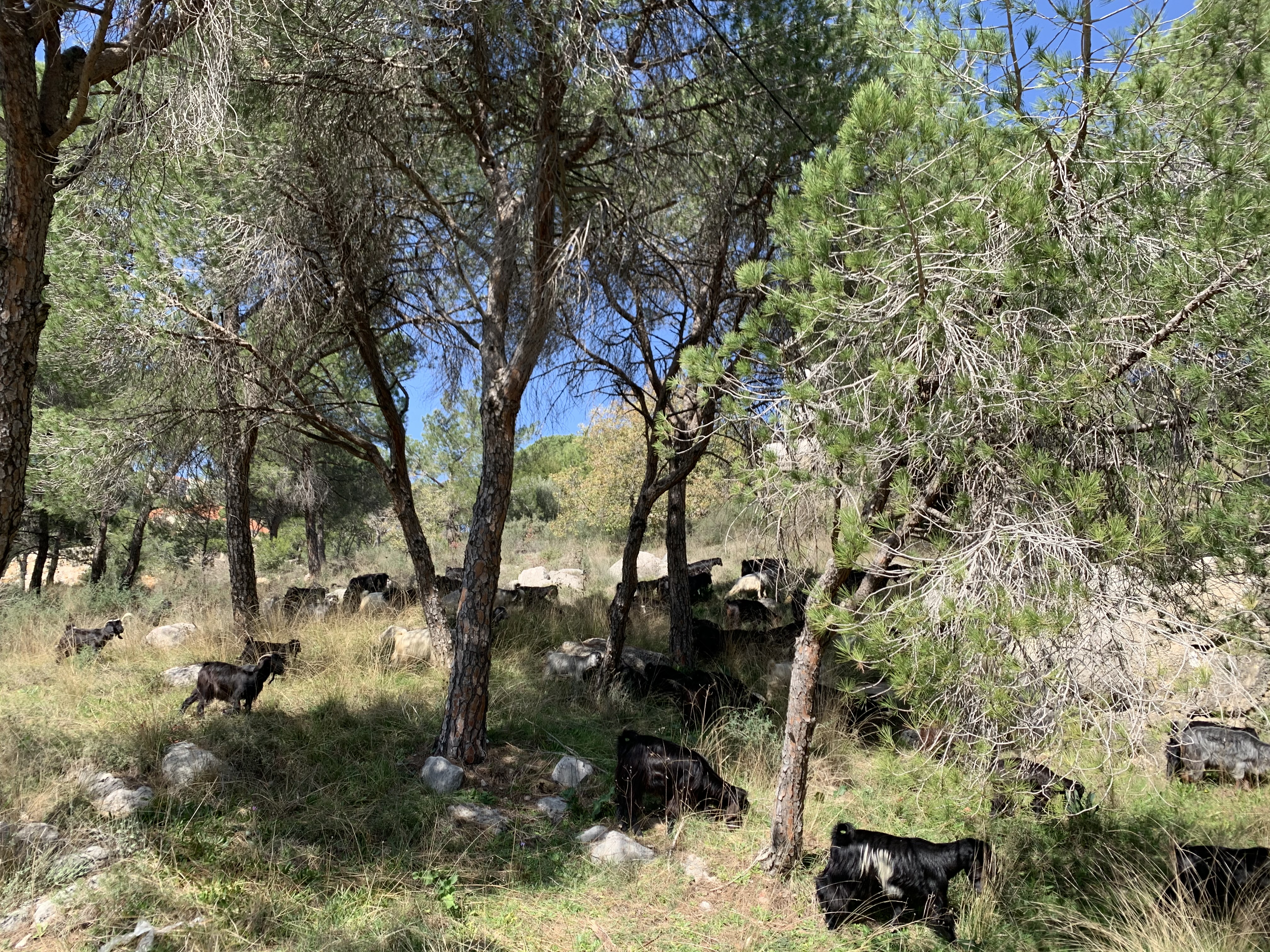The major rivers of the Fertile Crescent: Tigris and the Euphrates, the Orontes, the Litani and the Jordan.
Located on the Mediterranean shores of South West Asia, Lebanon’s 10,452 square kilometers form the crossroads of Asia, Africa and Europe. Its 220-kilometer coastline runs northeast to southwest. The adjoining narrow coastal plain the two parallel mountain ranges enclosing the fertile Beqaa plain form its main physiographic features. The country’s width varies between fifteen kilometers and eighty-five kilometers, with an average of fifty kilometers.
Ovid, “Adonis transformed,” in Metamorphoses: Book 10, trans. Brookes More (Boston: Cornhill Publishing Co., 1922).
Also known as the Ibrahim river, for Abraham, who, like Tammuz, came from Ur in Mesopotamia.
Coined by Faruk Tabak. See Faruk Tabak, The Waning of the Mediterranean, 1550–1870: A Geohistorical Approach (Baltimore: Johns Hopkins University Press, 2007).
C. Neil Roberts et al., “Mediterranean landscape change during the Holocene: Synthesis, comparison and regional trends in population, land cover and climate,” The Holocene 29, no. 5 (2019): 923–937.
See, for example, Gary O. Rollefson and Ilse Köhler-Rollefson, “Early neolithic exploitation patterns in the Levant: Cultural impact on the environment,” Population and Environment 13 (1992): 243–254.
Daniel Hillel, Out of the Earth: Civilization and the Life of the Soil (New York: The Free Press, 1991).
Writing in 1936, Andre Latron singles out the Lebanese mountain village as an example of a cooperative society where collaboration is a survival necessity. “A terrace can never be completely individualized. It belongs, because of the specific nature of the land, to an organized whole from which it can never be removed.” Author’s translation from Andre Latron, La vie rurale en Syrie et au Liban (Damascus: Institut Francais de Damas, 1936).
Ihab Jomaa et al., “Analysis of Eastern Mediterranean Oak Forests Over the Period 1965–2003 Using Landscape Indices on a Patch Basis,” Landscape Research 34, no. 1 (2009): 105–124.
Tabak, The Waning of the Mediterranean.
The Columbian Exchange, initiated by Columbus’s voyage across the Atlantic in 1492, refers to the flow of animals, plants and ideas between the Americas, West Africa and the Old World.
Akram Fouad Khater, “‘House’ to ‘Goddess of the House’: Gender, Class, and Silk in 19th-Century Mount Lebanon,” International Journal of Middle East Studies 28, no. 3 (1996): 325-348.
The 1860 civil war in Lebanon opposed the traditional inhabitants of the mountain, the Druze and the Maronites. France intervened on behalf of the Maronites whom it placed under its protection.
Khater, “‘House’ to ‘Goddess of the House.’”
Kais Firro, “Silk and Agrarian Changes in Lebanon, 1860–1914,” International Journal of Middle East Studies 22, no. 2 (1990): 151–169.
Parboiled crushed wheat was the main staple of the Lebanese diet along with bread. See David R. W. Jones, “Apple Production in the Lebanon: A Study of Agricultural Development in an under-Developed Area,” Economic Geography 39, no. 3 (1963): 245–257.
J.M. Wagstaff, “A Note on Some Nineteenth-Century Population Statistics for Lebanon,” Bulletin (British Society for Middle Eastern Studies) 13, no. 1 (1986): 27–35. See also Helgi Analytics, “Rice Consumption Per Capita in Lebanon,” Helgi Library, 2020, ➝.
Lebanon was part of the Syrian region until the creation of the Greater Lebanon under French Mandate in 1920.
Jones, “Apple Production in the Lebanon.”
Jomaa et al., “Analysis of Eastern Mediterranean Oak Forests.”
Carolyn Gates, The Historical Role of Political Economy in the Development of Modern Lebanon (Oxford: Oxford Centre for Lebanese Studies, 1989).
Enshrined in Decree 11614 in 1969, reinforced by Law 296 in 2001.
Salim Nasr, “Backdrop to Civil War: The Crisis of Lebanese Capitalism,” MERIP Reports 73 (December 1978): 3–13.
Jones, “Apple Production in the Lebanon.”
A. Haroon Akram-Lodhi and Cristóbal Kay, “Surveying the agrarian question (part 1): unearthing foundations, exploring diversity,” The Journal of Peasant Studies 37, no. 1 (2010): 177–202.
Jason W. Moore, “Metabolic rift or metabolic shift? dialectics, nature, and the world-historical method,” Theory and Society 46 (2017): 285–318.
